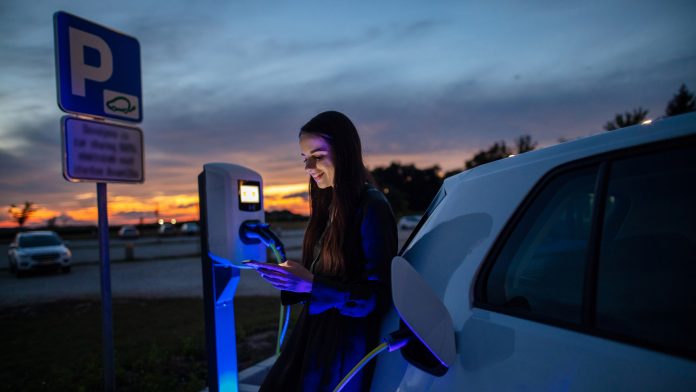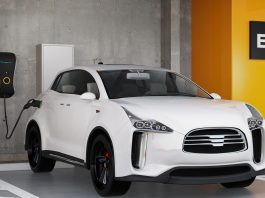A research team from North Carolina State University (NCSU) has developed a model to assist drivers in locating EV charging facilities when required.
A computational model capable of locating EV charging facilities
NCSU researchers have established a computational model that can be utilised to ascertain the optimal places for locating electric vehicle (EV) charging facilities, as well as how powerful the charging stations can be without placing an unnecessary liability on the local power grid.
“Ultimately, we feel the model can be used to inform the development of EV charging infrastructure at multiple levels, from projects aimed at supporting local commuters to charging facilities that serve interstate highway travel,” explained Leila Hajibabai, corresponding author, and an Assistant Professor in NC State’s Fitts Department of Industrial and Systems Engineering.
EV drivers have noted that identifying the best sites for charging facilities is a complicated process. This is due to a series of variables, such as travel flow, user demand, and the requirements of the regional power infrastructure. In other words, where will people use it? And can it be supported by the power grid?
This study was recently published in the journal Computer-Aided Civil and Infrastructure Engineering. The paper was co-authored by Asya Atik, a PhD student at NC State, and Amir Mirheli, a former PhD student at NC State.
A model that considers the power system and transportation
“We have developed a model that allows planners to optimise these decisions, serving the greatest number of people without taxing the power system,” said Hajibabai.
To date, a lot of work has been done to investigate how to efficiently deploy EV charging facilities. The research team discovered that many previous efforts focused on siting these facilities were based on what would work best for the power system, or what would work best from a transportation standpoint.
“Very little work has been done that addresses both,” added Hajibabai. “And those cases that looked at both power and transportation systems did not take into account the decisions that users make. Where do they want to charge their vehicles? What are their travel plans?
“The best location for a charging facility from the power system’s standpoint is often not the best location from a transportation systems standpoint. And the best location from a user’s standpoint is often a third option. Our model looks at power systems, transportation systems, and user decision-making in order to find the best compromise.”
The power system component of the model accounts for limitations
The power system element of the model accounts for the constraints of the power distribution network, such as its power flow, voltage, and current. The transportation factor of the central model accounts for the number of travellers, the routes that they take when travelling, and how far their EVs can move before recharging is required. To account for user decision-making, the model attempts to identify locations that will minimise travel time for users.
“People often do not want to go out of their way to charge their vehicles, so our model takes that into account,” concluded Hajibabai.
Scientists are currently in negotiations with state and local government officials, as well as power utilities, to utilise the model to improve the development of EV charging infrastructure in North Carolina.









